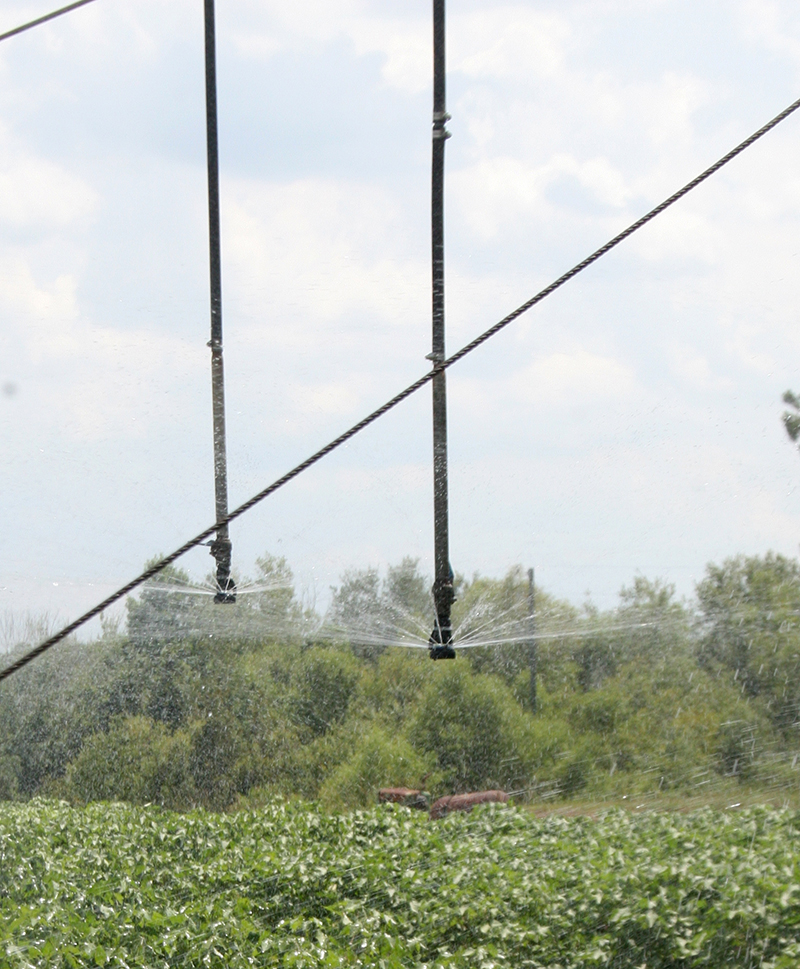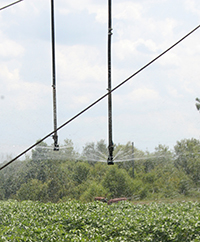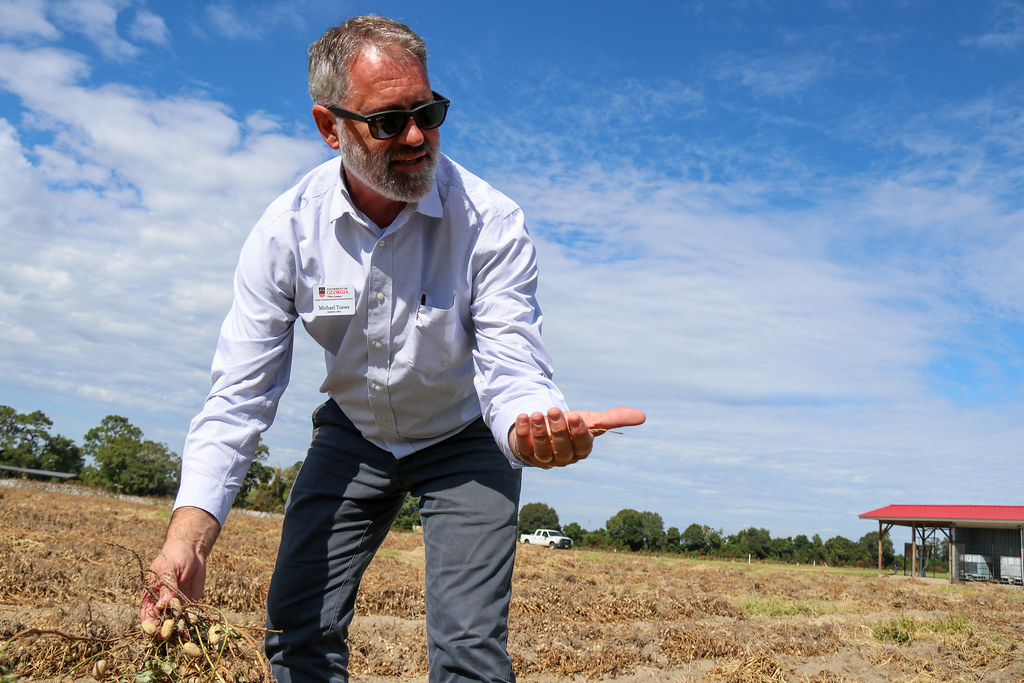Irrigation systems are one the most essential components of a farmer’s toolbox. After sitting idle during the winter, now is the time farmers should check their systems before the spring growing season.
According to University of Georgia Assistant Professor Wes Porter, UGA Cooperative Extension precision agriculture and irrigation specialist, the average irrigation system is not used for at least six months between fall harvest and the next production season. This lack of usage can result in leaks, dry rot, and animals and insects nesting within the machine.
“I wouldn’t say just sitting causes all the problems, but we don’t take or have the time to service them throughout the year. When we are in production mode, it’s nearly impossible to do preventative maintenance during that time,” Porter said. “Now is a good time of year for preventative maintenance.”
Porter offers these tips for producers to assess the status of their irrigation equipment:
- Make sure to do an electrical system shutoff beforehand or risk electrocution. You’re working with 480 volts, so make sure the power is turned off in your work area. Proceed with electrical safety in mind.
- Check the power unit, especially the main control panel, for any issues. Make sure all fuses are in working order and that no animals have chewed on wires or built nests in the electrical control box.
- Check the pumping system to see if pressure and flow are optimized. If pressure has been lost from last year or the pressure spikes, there’s more than likely a leak or possibly a clog. Check the sprinkler systems to make sure they are functional and properly applying irrigation.
- Perform a uniformity check on the pivot to determine any nonvisual application issues.
- Check the pivot point as it could contain leaks, loosened bolts, bad fittings and improperly greased joints.
- Check the drain valves to see if they’re in proper working order. When the system shuts off, the valves should drain water out of the pipe and should prevent leaks at the drain areas when the system is full of water.
- Make sure that the auto-stop and reverse are working.
- If chemigation or fertigation are being used, check their respective pumps.
- Check to see if the drive motors at each tower are in proper working order and that there is nothing nesting on the inside.
- Check the tires to make sure none have leaks, cracks or are flat.
“The last thing you want to do is go out in the summer while in the middle of a corn field or cotton field and have to change a tire or a drive motor. It’s pretty hard to get to,” Porter said.
Porter assures that using this checklist will provide farmers with the preventative maintenance needed for their irrigation equipment’s survival. For a more thorough checklist, read UGA Extension Bulletin 1452, “Spring Center Pivot and Lateral Irrigation System Preparation,” at extension.uga.edu/publications.








